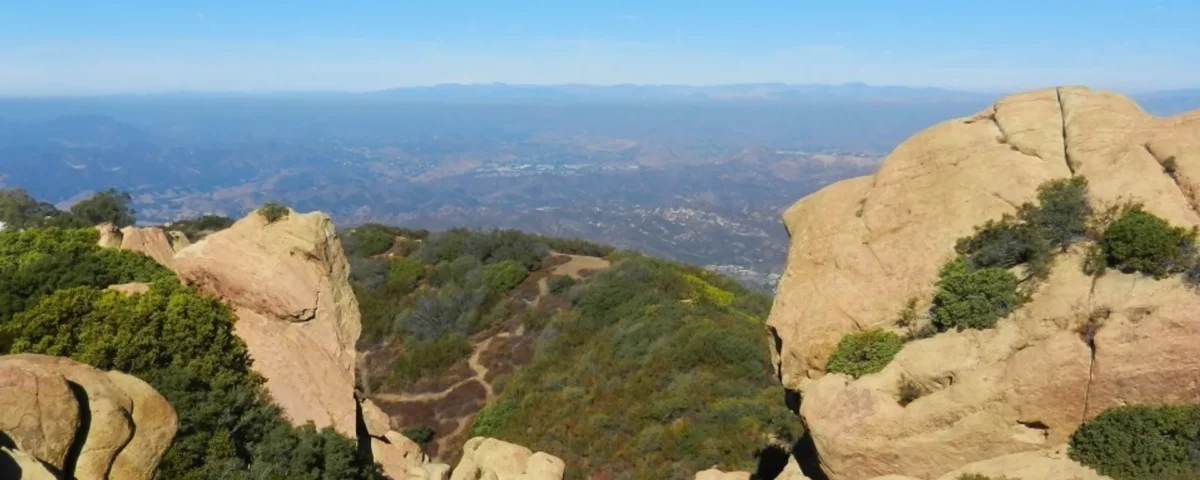
Uncovering the Charm of Calabasas Lake: A Scenic Retreat
January 10, 2020Exploring the Majestic Wildwood Regional Park in Thousand Oaks
January 19, 2020Immerse yourself in the serene beauty of the Calabasas Cold Creek Preserve, a thriving habitat that offers intimate encounters with a diverse array of wildlife.
Nestled in the picturesque landscapes of Calabasas, the preserve is a sanctuary for nature enthusiasts who yearn to belong to a community that appreciates wildlife in its pristine form.
Watching wildlife in their natural habitat offers an enriching experience that connects you to the delicate ecosystem of our planet. Equipped with a keen eye and patience, you can observe the intricate behaviors of various species, from the elusive bobcat to the vibrant hummingbird.
Embrace this unique opportunity to appreciate the subtle interplay of flora and fauna in the Calabasas Cold Creek Preserve.
Discovering Diverse Species
Exploring the Calabasas Cold Creek Preserve unveils an impressive array of diverse species, enriching the wildlife watching experience for enthusiasts and casual observers alike. The preserve is a haven for an array of native animals, including the elusive bobcat, the majestic red-tailed hawk, and the shy black-tailed deer.
The Preserve’s unique ecosystem fosters a harmonious cohabitation of these species, creating an ideal setting for wildlife observation. The rich biodiversity is a testament to the successful preservation efforts, offering an engaging and informative environment for visitors.
Whether you’re an experienced naturalist or a novice explorer, the Calabasas Cold Creek Preserve promises a shared sense of community and belonging, as we collectively marvel at the wonder of nature’s creations.
Optimal Wildlife Viewing Tips
To maximize your wildlife viewing experience in the Calabasas Cold Creek Preserve, it’s essential to adhere to certain guidelines and strategies. This will not only enhance your enjoyment but also aid in the preservation of the delicate ecosystem. Here are three crucial tips:
Timing is key: The best times for viewing most wildlife are dawn and dusk when animals are often most active.
Patience is a virtue: Wildlife often requires time to appear. A quiet, still, and patient observer is usually rewarded.
Use binoculars: This allows for close viewing without disturbing the animals or encroaching on their space.
Read more:





